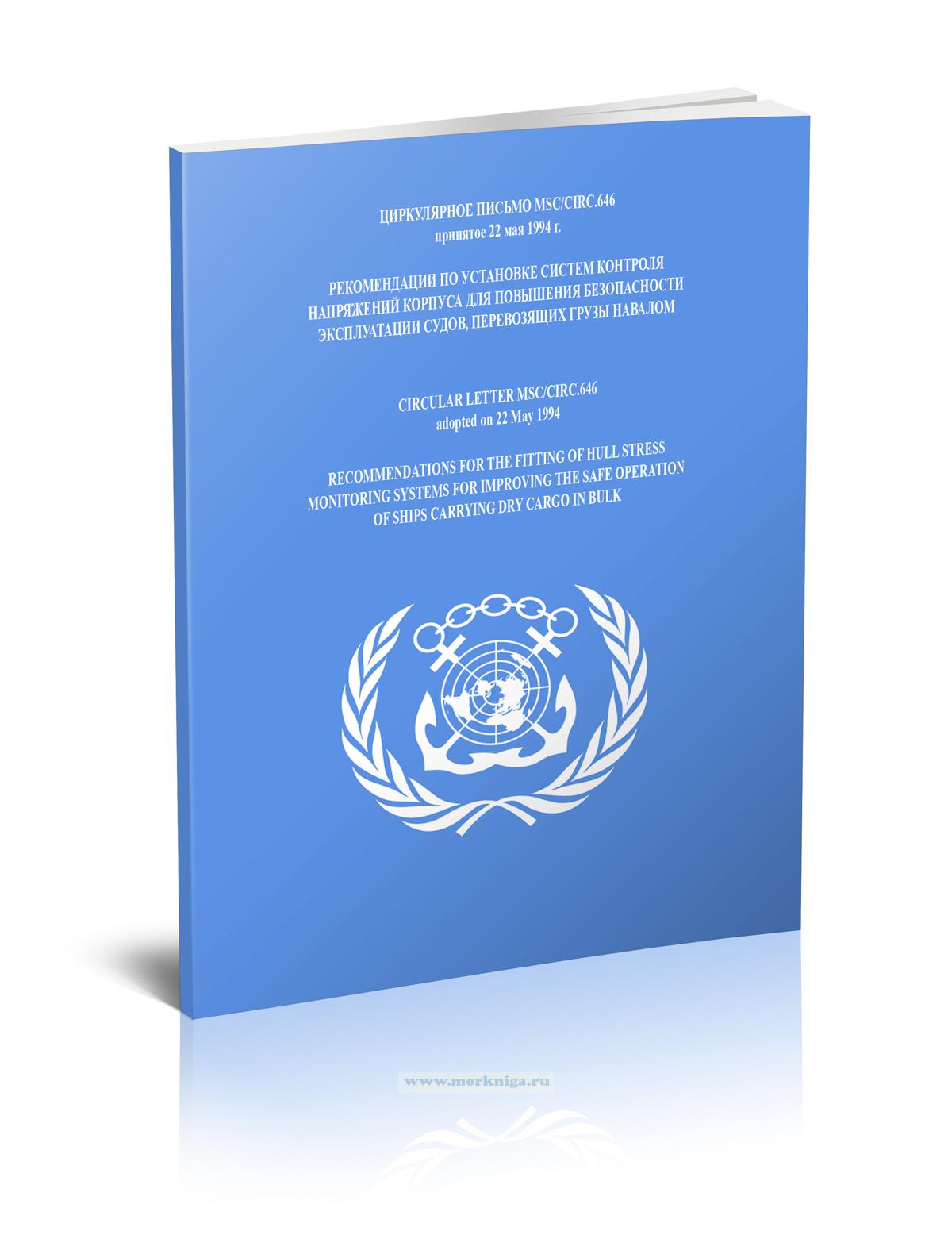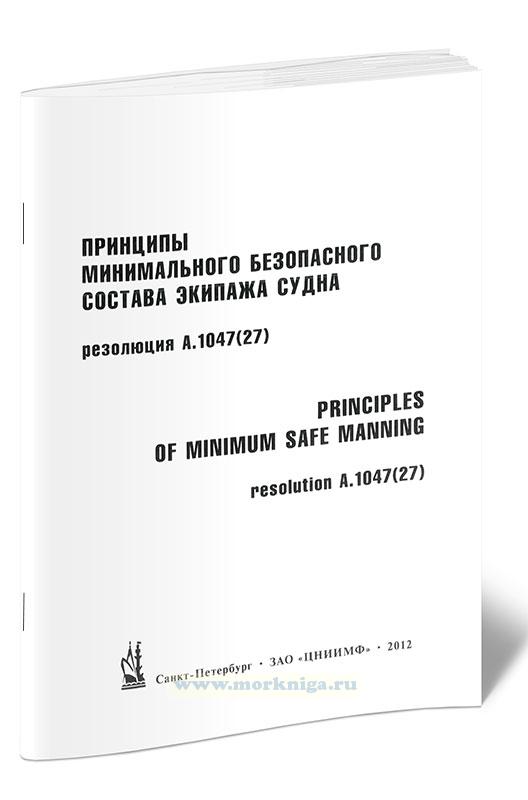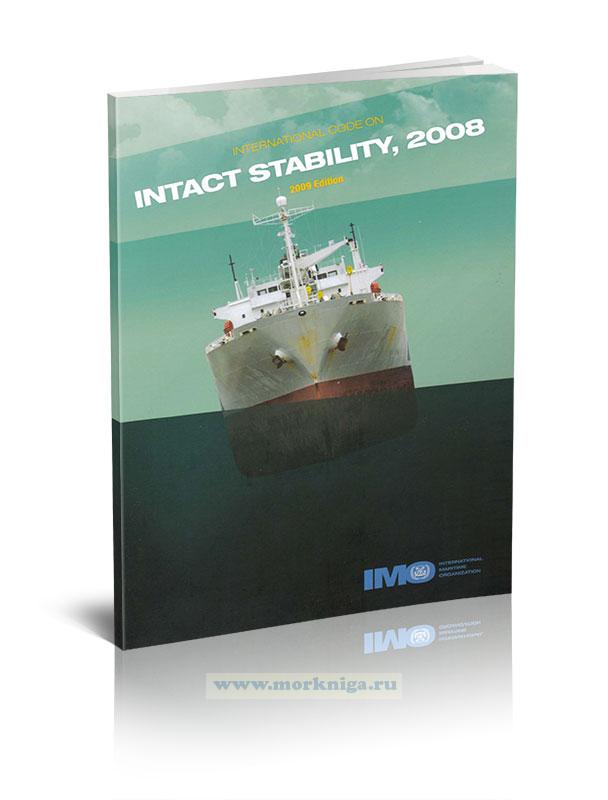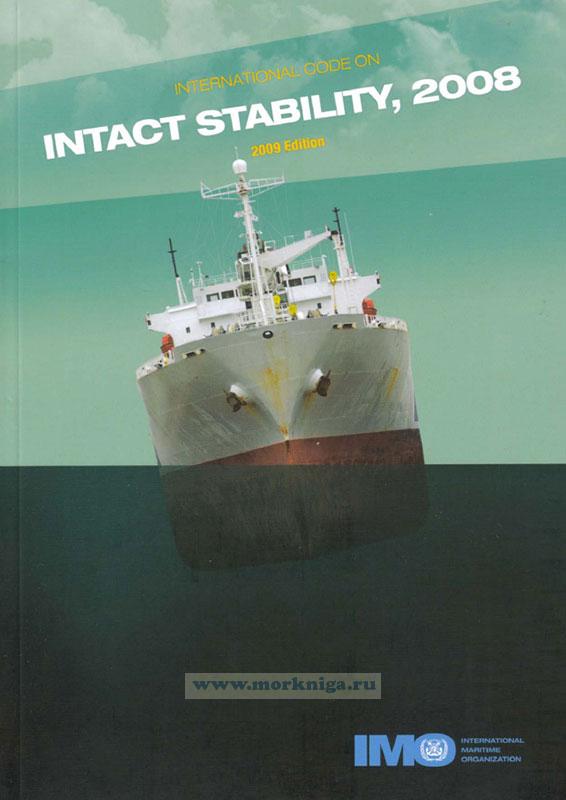The International Code On Intact Stability, 2008/–Ь–µ–ґ–і—Г–љ–∞—А–Њ–і–љ—Л–є –Ї–Њ–і–µ–Ї—Б –Њ—Б—В–Њ–є—З–Є–≤–Њ—Б—В–Є —Б—Г–і–Њ–≤ –≤ –љ–µ–њ–Њ–≤—А–µ–ґ–і–µ–љ–љ–Њ–Љ —Б–Њ—Б—В–Њ—П–љ–Є–Є, 2008
-
 –¶–Є—А–Ї—Г–ї—П—А–љ–Њ–µ –њ–Є—Б—М–Љ–Њ MSC/Circ.646 –†–µ–Ї–Њ–Љ–µ–љ–і–∞—Ж–Є–Є –њ–Њ —Г—Б—В–∞–љ–Њ–≤–Ї–µ —Б–Є—Б—В–µ–Љ –Ї–Њ–љ—В—А–Њ–ї—П –љ–∞–њ—А—П–ґ–µ–љ–Є–є –Ї–Њ—А–њ—Г—Б–∞ –і–ї—П –њ–Њ–≤—Л—И–µ–љ–Є—П –±–µ–Ј–Њ–њ–∞—Б–љ–Њ—Б—В–Є —Н–Ї—Б–њ–ї—Г–∞—В–∞—Ж–Є–Є —Б—Г–і–Њ–≤
–¶–Є—А–Ї—Г–ї—П—А–љ–Њ–µ –њ–Є—Б—М–Љ–Њ MSC/Circ.646 –†–µ–Ї–Њ–Љ–µ–љ–і–∞—Ж–Є–Є –њ–Њ —Г—Б—В–∞–љ–Њ–≤–Ї–µ —Б–Є—Б—В–µ–Љ –Ї–Њ–љ—В—А–Њ–ї—П –љ–∞–њ—А—П–ґ–µ–љ–Є–є –Ї–Њ—А–њ—Г—Б–∞ –і–ї—П –њ–Њ–≤—Л—И–µ–љ–Є—П –±–µ–Ј–Њ–њ–∞—Б–љ–Њ—Б—В–Є —Н–Ї—Б–њ–ї—Г–∞—В–∞—Ж–Є–Є —Б—Г–і–Њ–≤
-
 –Я—А–Є–љ—Ж–Є–њ—Л –Љ–Є–љ–Є–Љ–∞–ї—М–љ–Њ–≥–Њ –±–µ–Ј–Њ–њ–∞—Б–љ–Њ–≥–Њ —Б–Њ—Б—В–∞–≤–∞ —Н–Ї–Є–њ–∞–ґ–∞ —Б—Г–і–љ–∞ (—А–µ–Ј–Њ–ї—О—Ж–Є—П –Р.1047(27)). Principles of minimum safe manning (resolution A.1047(27))
–Я—А–Є–љ—Ж–Є–њ—Л –Љ–Є–љ–Є–Љ–∞–ї—М–љ–Њ–≥–Њ –±–µ–Ј–Њ–њ–∞—Б–љ–Њ–≥–Њ —Б–Њ—Б—В–∞–≤–∞ —Н–Ї–Є–њ–∞–ґ–∞ —Б—Г–і–љ–∞ (—А–µ–Ј–Њ–ї—О—Ж–Є—П –Р.1047(27)). Principles of minimum safe manning (resolution A.1047(27))
–Ш–Ј–і–∞–љ–Є–µ –љ–∞ –∞–љ–≥–ї–Є–є—Б–Ї–Њ–Љ —П–Ј—Л–Ї–µ
–°–Љ. —В–∞–Ї–ґ–µ –¶–Є—А–Ї—Г–ї—П—А MSC.1/Circ.1537/Rev.1 –£–љ–Є—Д–Є—Ж–Є—А–Њ–≤–∞–љ–љ—Л–µ –Є–љ—В–µ—А–њ—А–µ—В–∞—Ж–Є–Є –Ї–Њ–і–µ–Ї—Б–∞ OCHC 2008 –≥–Њ–і–∞
The International Code on Intact Stability, 2008 (2008 IS Code), presents mandatory and recommendatory stability criteria and other measures for ensuring the safe operation of ships, to minimize the risk to such ships, to the personnel on board and to the environment. The 2008 IS Code (resolution MSC.267(85), adopted on 4 December 2008) will take effect on 1 July 2010 upon the entry into force of the respective amendments to the 1974 SOLAS Convention and 1988 Load Lines Protocol.
The 2008 IS Code features:
- A full update of the previous IS Code (2002 edition; resolution A.749 (18), as amended by MSC.75(69))
- Criteria based on the best state-of-the-art concepts available at the time they were developed, taking into account sound design and engineering principles and experience gained from operating ships
- Influences on intact stability such as the dead ship condition, wind on ships with large windage area, rolling characteristics and severe seas.
This publication also presents Explanatory Notes to the 2008 IS Code, which are intended to provide Administrations and the shipping industry with specific guidance to assist in the uniform interpretation and application of the intact stability requirements of the 2008 IS Code.
Contents
Resolution MSC.267(85) (adopted on 4 December 2008)
Preamble
Introduction
1 Purpose
2 Definitions
Part A - Mandatory criteria
Chapter 1 - General
1.1 Application
1.2 Dynamic stability phenomena in waves
Chapter 2 - General criteria
2.1 General
2.2 Criteria regarding righting lever curve properties
2.3 Severe wind and rolling criterion (weather criterion)
Chapter 3 - Special criteria for certain types of ships
3.1 Passenger ships
3.2 Oil tankers of 5,000 tonnes deadweight and above
3.3 Cargo ships carrying timber deck cargoes
3.4 Cargo ships carrying grain in bulk
3.5 High-speed craft
Part –Т - Recommendations for certain types of ships and additional guidelines
Chapter 1 - General
1.1 Purpose
1.2 Application
Chapter 2 - Recommended design criteria for certain types of ships
2.1 Fishing vessels
2.2 Pontoons
2.3 Containerships greater than 100 m
2.4 Offshore supply vessels
2.5 Special purpose ships
2.6 Mobile offshore drilling units (MODUs)
Chapter 3 - Guidance in preparing stability information
3.1 Effect of free surfaces of liquids in tanks
3.2 Permanent ballast
3.3 Assessment of compliance with stability criteria
3.4 Standard conditions of loading to be examined
3.5 Calculation of stability curves
3.6 Stability booklet
3.7 Operational measures for ships carrying timber deck cargoes
3.8 Operating booklets for certain ships
Chapter 4 - Stability calculations performed by stability instruments
4.1 Stability instruments
Chapter 5 - Operational provisions against capsizing
5.1 General precautions against capsizing
5.2 Operational precautions in heavy weather
5.3 Ship handling in heavy weather
Chapter 6 - Icing considerations
6.1 General
6.2 Cargo ships carrying timber deck cargoes
6.3 Fishing vessels
6.4 Offshore supply vessels 24 m to 100 m in length
Chapter 7 - Considerations for watertight and weathertight integrity
7.1 Hatchways
7.2 Machinery space openings
7.3 Doors
7.4 Cargo ports and other similar openings
7.5 Sidescuttles, window scuppers, inlets and discharges
7.6 Other deck openings
7.7 Ventilators, air pipes and sounding devices
7.8 Freeing ports
7.9 Miscellaneous
Chapter 8 - Determination of lightship parameters
8.1 Application
8.2 Preparations for the inclining test
8.3 Plans required
8.4 Test procedure
8.5 Inclining test for MODUs
8.6 Stability test for pontoons
Annex 1 - Detailed guidance for the conduct of an inclining test
1 Introduction
2 Preparations for the inclining test
2.1 Free surface and tankage
2.2 Mooring arrangements
2.3 Test weights
2.4 Pendulums
2.5 U-tubes
2.6 Inclinometers
3 Equipment required
4 Test procedure
4.1 Initial walk-through and survey
4.2 Freeboard/draught readings
4.3 The incline
Annex 2 - Recommendations for skippers of fishing vessels on ensuring a vessel's endurance in conditions of ice formation
1 Prior to departure
2 At sea
3 During ice formation
4 List of equipment and hand tools

